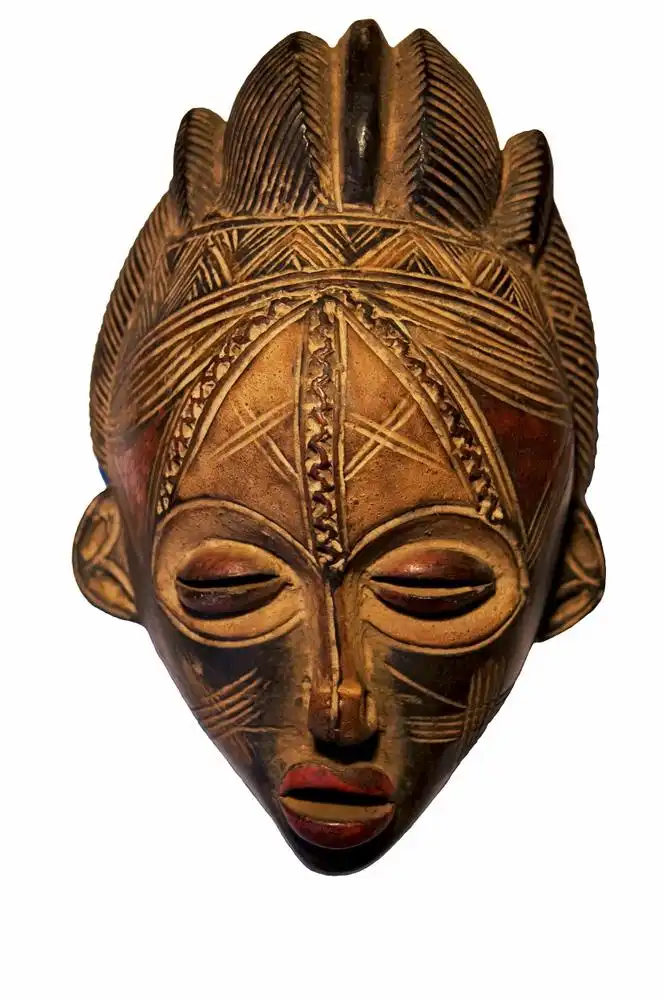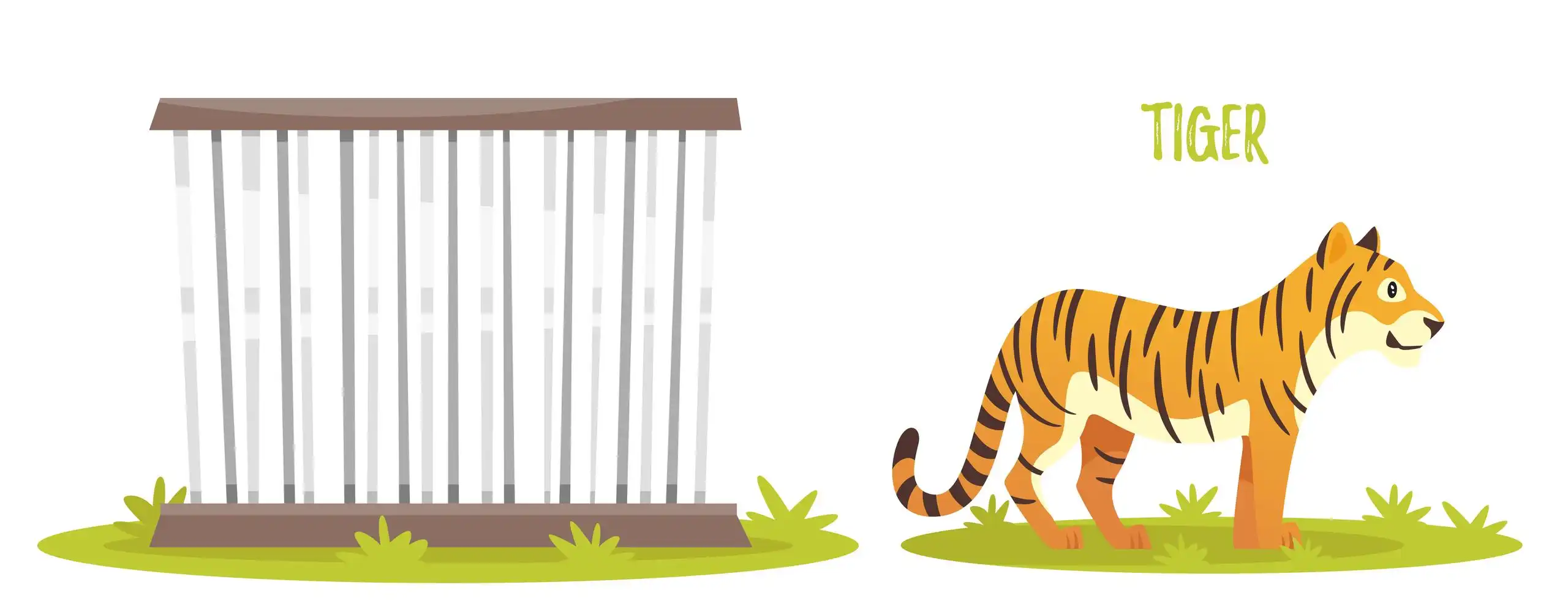Introduction
In “Patterns of Creativity,” S. Chandrasekhar seeks to address the following question: “Why do creative professionals in the arts and sciences have such divergent creative styles?” Assorted comments and outlined philosophies constitute the response.
Shelly is on the side of science, whereas Wordsworth and Keats gave opposing viewpoints. Finally, a passage from Shelley’s A Defence of Poetry is provided, in which the poet wonders why scientists have not penned their own Defense of Science.
Summary
Subrahmanyan Chandrasekhar examines the distinctions it saw in ideology between the three artists. He comments that Wordsworth draws his perusers’ consideration towards Nature, and Keats discusses the double feature of human instinct, which is indivisible. Conversely, Shelley presents something else entirely of science in his sonnets. Wordsworth and Keats were condemning the double-dealing of nature, though Shelley delighted in logical revelations. Chandrasekhar additionally presents the logical reactions of these artists in the article.

Creative mind
He cites Lowes Dickison’s comment on writing, which expresses that Science removes Writing and presents the counter-contention made by Peter Medawar. Chandrasekhar considers Shelley generally reasonable to be thought of as a “scientist’s poet” as his works mirror an agreeable blend of science and verse. He brings up in his exposition that “it’s anything but a mishap that the most segregating artistic analysis” of Shelley’s works is by the recognized researcher Desmond Ruler Hele. In his exposition, Chandrasekhar quotes Darwin’s explanation that he partook in Shelley’s verse to feature Shelley as a “scientist’s poet.” Chandrasekhar has cited a few works of Shelley, including the sonnet “The Cloud”, essay ‘A Defence of Poetry’ and the play ‘Prometheus Unbound’ to additionally lay out his point in the exposition.
Conclusion
This essay is a beautiful portrayal of two parallel worlds and how they coincide and comment on each other yet beautifully work in their domains.
Textbook Question and Answers
1.How does Shelley’s attitude to science differ from that of Wordsworth and Keats?
Ans. In a poet’s Epitaph, Wordworth was both appraising nature and renouncing the scientific developments happening. In Lamia, Keats approves that scientific developments are unfavourable. Both were sceptical about scientific development. Keats called both philosophy and pleasure destructive and real and inseparable. For Shelley, science presented joy, peace and illumination.
2. ‘It is not an accident that the most discriminating literary criticism of Shelley’s thought and work is by a distinguished scientist, Desmond King-Hele.’ How does this statement bring out the meeting point of poetry and science?
Ans. Desmond King-Hele Criticism highlights how Shelley is a scientist poet. Shelley’s attitude to science shows the astonishing modern general belief in which he chose to reside. The way he portrays both science and poetry in his work is unprecedented.
3. What do you infer from Darwin’s comment on his indifference to literature as he advanced in years?
Ans. For the initial 30 years of his life, he enjoyed the beautiful portrayal of words by Shakespeare, Byron, etc. These poems delighted him and provided satisfaction to his soul and mind. But after crossing 30 years he began losing interest and found them dull and nauseated. His own words were that his mind became a grinding machine which used to search for science everywhere. So this way his love for poetry faded away
4. How do the patterns of creativity displayed by scientists differ from those displayed by poets?
Ans. Poets believe in exploring the nature around humans and how it adds to the beauty everywhere and how science helps us in creating things which make life easier. Wordsworth and Keat consider science as nature’s destroyer whereas Shelley’s work shows how he triumphs over science and its work.
5. What is the central argument of the speaker?
Ans. S. Chandrasekhar tries to answer the question ‘Why is there a difference in the patterns of creativity among the practitioners in the arts and the practitioners in the sciences.’ He did not answer it in his words but rather paved the way to get to the answer. The response is offered through different philosophies. How Keats and Wordsworth were sceptical of the scientific approach and Shelley was its praiser. An extract from Shelley’s ‘A Defence of Poetry’ is evident why no defence of science was written by a scientist.
Extra Questions
Q1. How do major scientists present their viewpoints?
Ans. Before he reached the age of 30, Darwin took great pleasure in writing in addition to his studies. Another scientist, Faraday, joined his logical power experiments and resultant inventions. It’s challenging to complete even if you’re a competent researcher or writer. Many scientists and authors have a passion for poetry, and vice versa. But, there will be a few more who care just about their pet issue.
2. What question does the creator have? How can he intend to respond to this question?
Ans. The narrator makes an inquiry concerning why the examples of imagination among specialists in human expression and professionals in the sciences are differentiating and doesn’t want to respond to it right away yet to make a variety of comments that could offer him a response.
3. What is the main point that the author intends to make?
Ans. The discussion moves to a dissection of the differences between scientific and poetic imagination. He claims that many of the most sincere authors, such as Wordsworth and Keats, were actually harmful to science. They believe that science destroys all of nature’s beauty. Yet, the author defends Shelley’s views. Shelley was considered to be a very rational author. Shelley paints a realistic picture of nature’s tools. Shelley successfully blended scientific inquiry with poetic imagery in his writing. Shelley’s poem Cloud has several allusions to events when his experimentation was readily apparent. By using Shelley as an example, the author aims to show that academics and creatives may be allies who complement one another.









